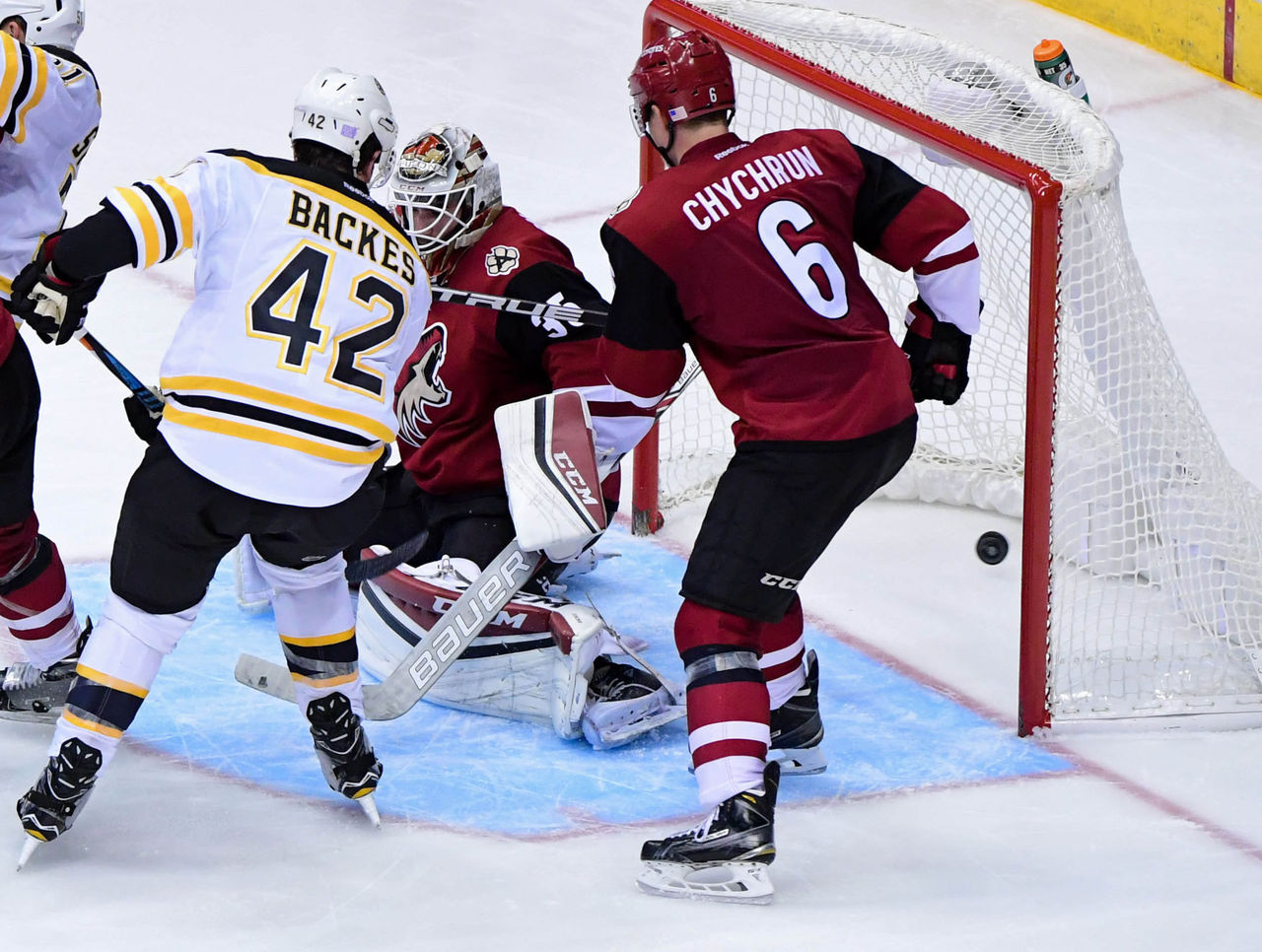How the NHL's pre-draft period became the new trade deadline
We all remember the intense buildup to last season's NHL trade deadline - and the wave of disappointment that swept over us when few impact deals were made before the pencils-down moment on the afternoon of March 1.
Imagine, then, the elation at seeing so many big names changing places in the days - even hours - prior to the opening night of the NHL draft Friday. Entering the day, teams had combined to make 15 deals involving 22 players, 19 draft picks, and four sets of "expansion draft considerations" tied to the creation of the Vegas Golden Knights' inaugural roster.
And the best was yet to come.
Friday saw the Arizona Coyotes acquire forward Derek Stepan and goaltender Antti Raanta from the New York Rangers and defenseman Niklas Hjalmarsson from the Chicago Blackhawks. The Columbus Blue Jackets snagged talented forward Artemi Panarin from Chicago in a deal that sends Brandon Saad back to the Windy City.
So what happened?
There has always been activity leading into the draft, but how did that window overtake the in-season trade deadline as the time that makes the majority of NHL fans gasp in amazement? Here are three of the biggest reasons why:
Salary Cap Flexibility

In season, teams are required to fit within the salary cap window. For the buyers, that means making space for any players acquired that might put the team over the cap. For the sellers, it means staying above the cap floor.
But since teams have until the start of a new season to get their cap situation in order, there is generally much more flexibility with regard to player movement. And in some cases, teams are forced to address their cap problems this way, primarily by shuffling the decks, shipping out players with big impending price tags for substitutes with lower salaries and friendly term.
The Blackhawks are a perfect example of this. While Panarin and Saad both make $6 million per year, Saad's deal extends four more years, while Panarin's contract expires at the end of the 2018-19 season - and if he continues on his current trajectory, it's easy to see him making $7 million or more in his new pact.
Now that teams have a firm grasp on the nuances of the salary cap, look for the offseason to feature many more transactions than in years past.
Greater Parity

Over the past decade, the NHL standings have tightened up considerably, to the point where it isn't unusual to see a team finish out of the postseason one year and challenge for a top-3 spot in the conference the next. And when it comes to the trade deadline, that level of parity means fewer sellers.
Only teams that are truly out of the postseason picture can be considered strong candidates to make significant roster moves at the deadline - and even then, those moves have to fit within today's cap confines. What you're more likely to see are a flurry of minor moves as teams look to address weaknesses without compromising the fluidity of their rosters.
While that parity doesn't exactly disappear in the offseason, there is less pressure on the league's 30 front offices to not make a colossal mistake. After all, even if an offseason deal doesn't work out, a team still has plenty of time to fix it. So, what better time to swing for the fences than just after the end of the previous season?
Draft Picks as Currency

Draft picks have always been one of the key drivers of NHL trades, but they take on added importance in the days leading into the draft. This is particularly true once the official draft order is set; once the value of a team's picks has been established, it makes it much easier for both the pick seller and the pick buyer to come to an accord.
We saw this take shape last year, when the Coyotes agreed to take on the contract of departed Red Wings forward Pavel Datsyuk and was given Detroit's first-round pick (16th overall) as the sweetener. Arizona used that pick on defenseman Jakob Chychrun, who became a valuable member of the Coyotes' blue line and has a minuscule cap hit through 2019.
As non-contending teams continue to lean on young core players under cap-friendly deals, expect to see the value of a first-round pick increase even more. But don't think for a minute that those picks won't be dealt. Whether it's to land a marquee forward, or to get rid of a cap-shredding contract, teams will always dangle first-rounders on draft night - and get eager takers.
(Photos courtesy: Action Images)